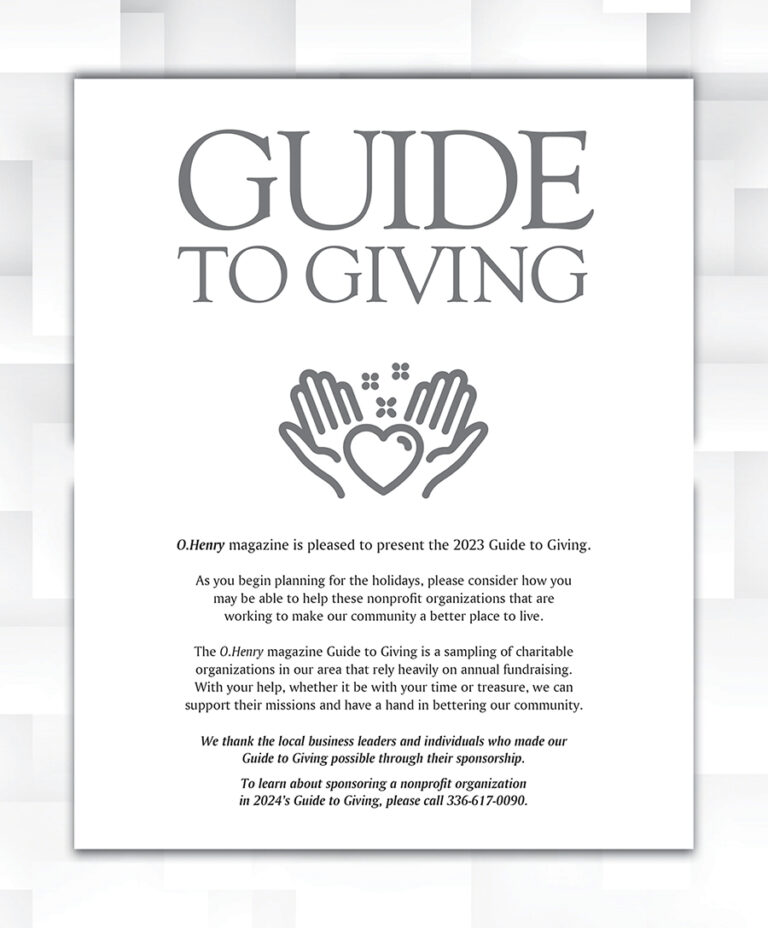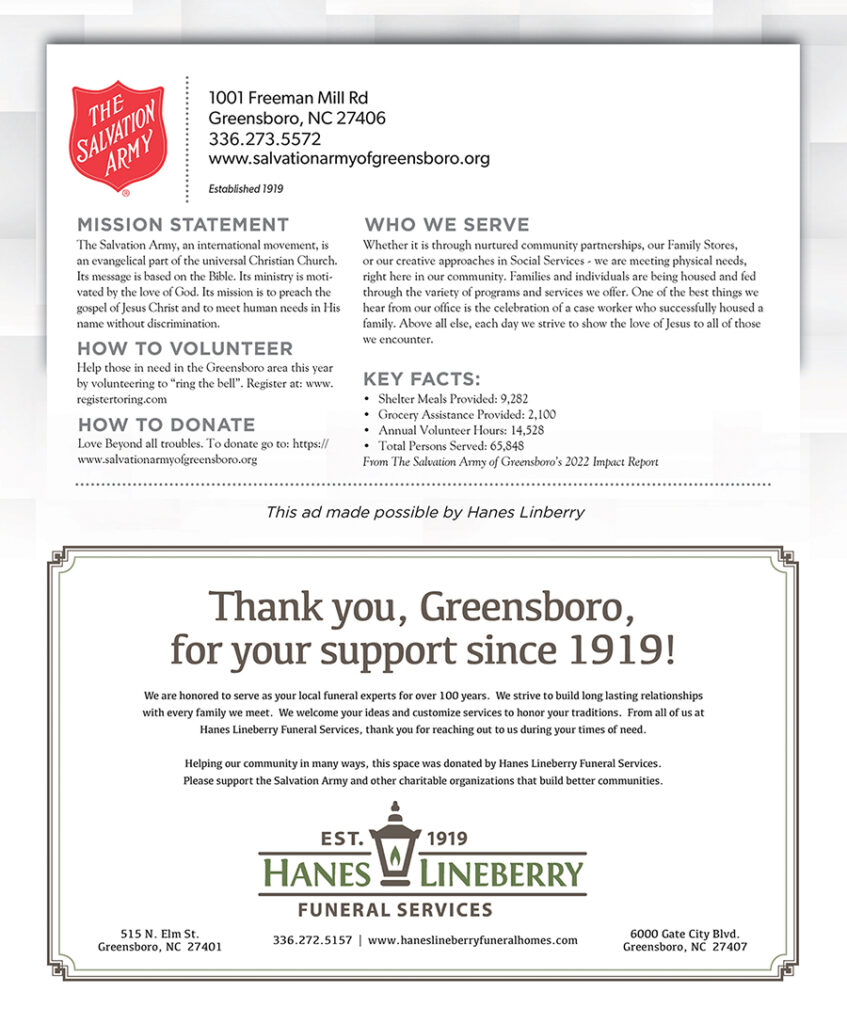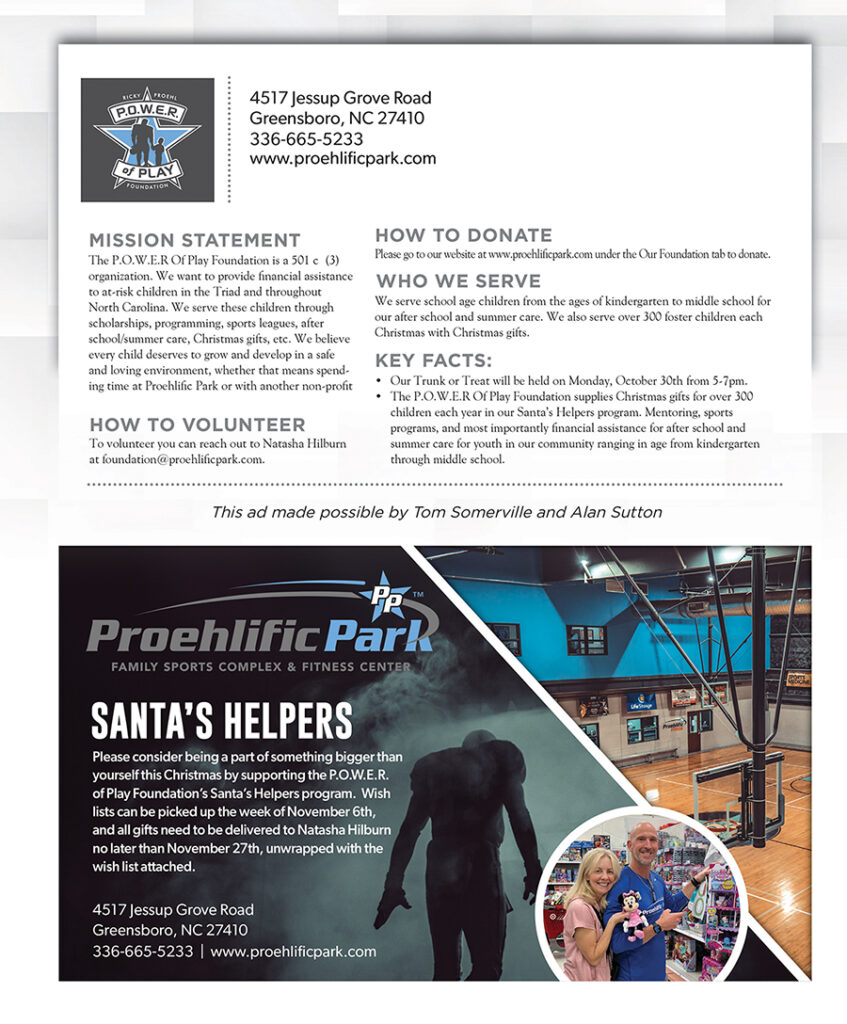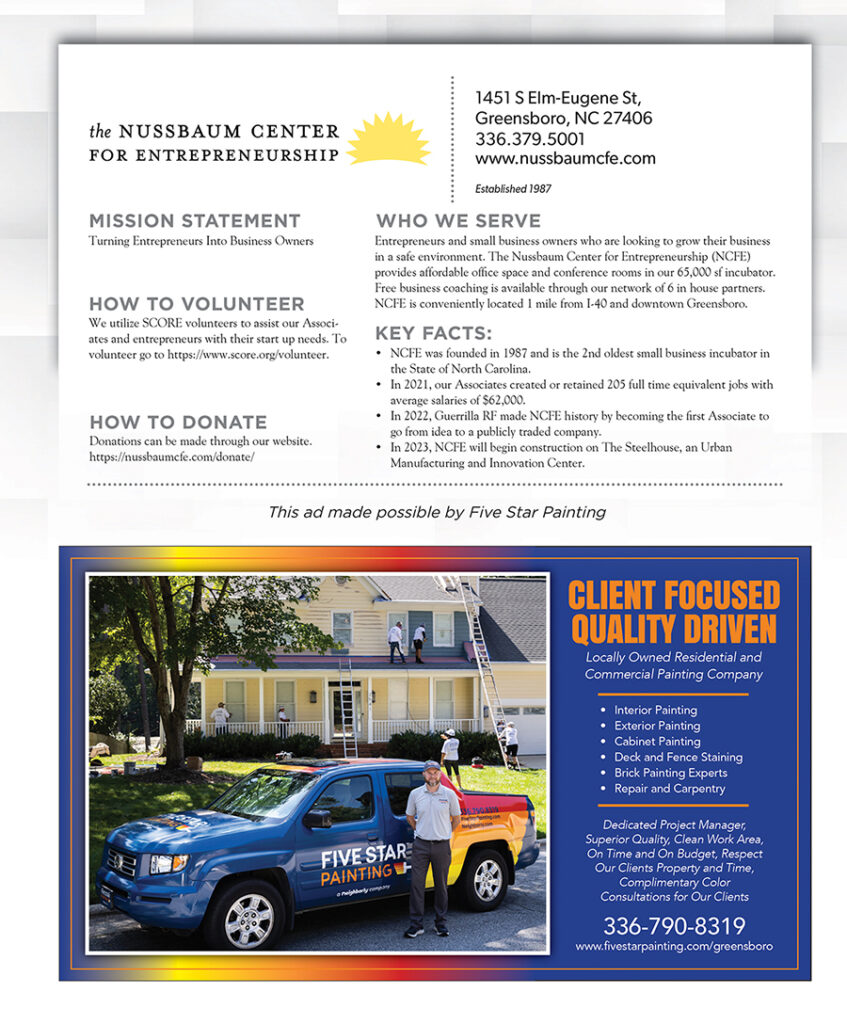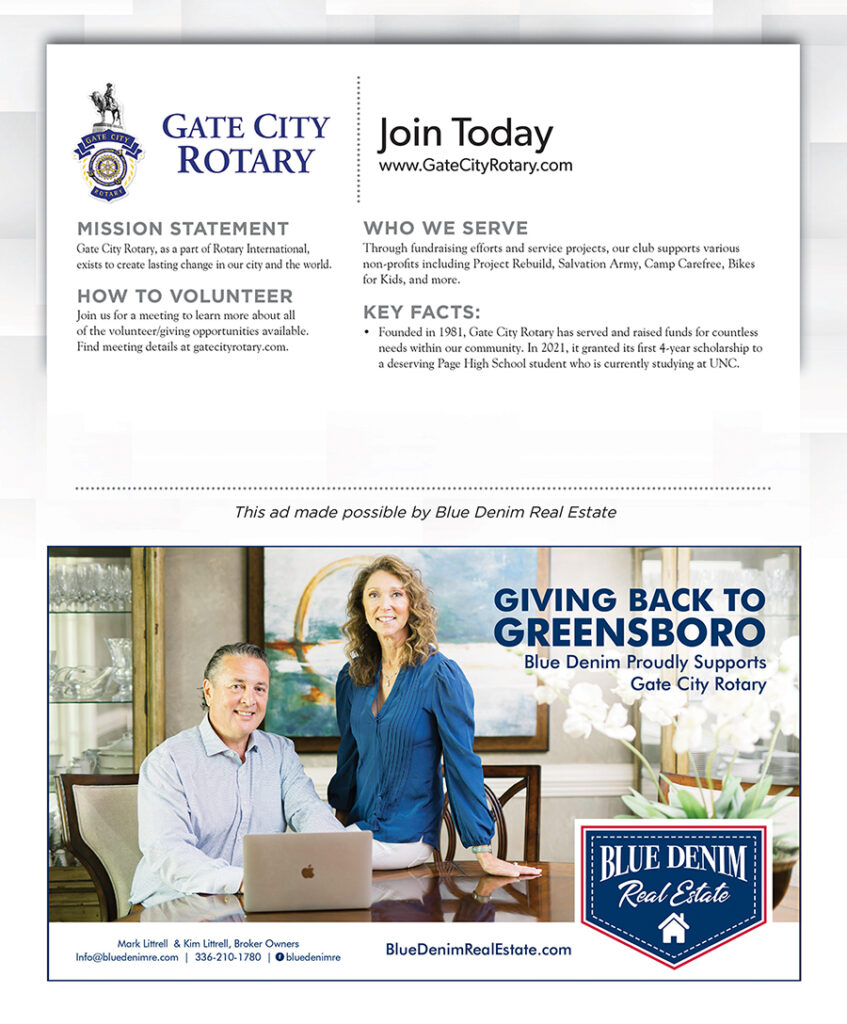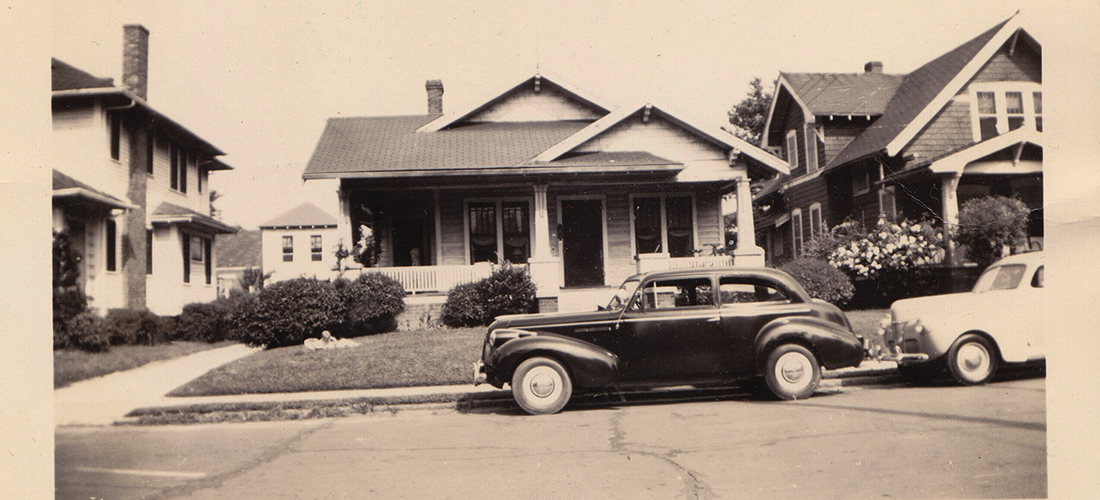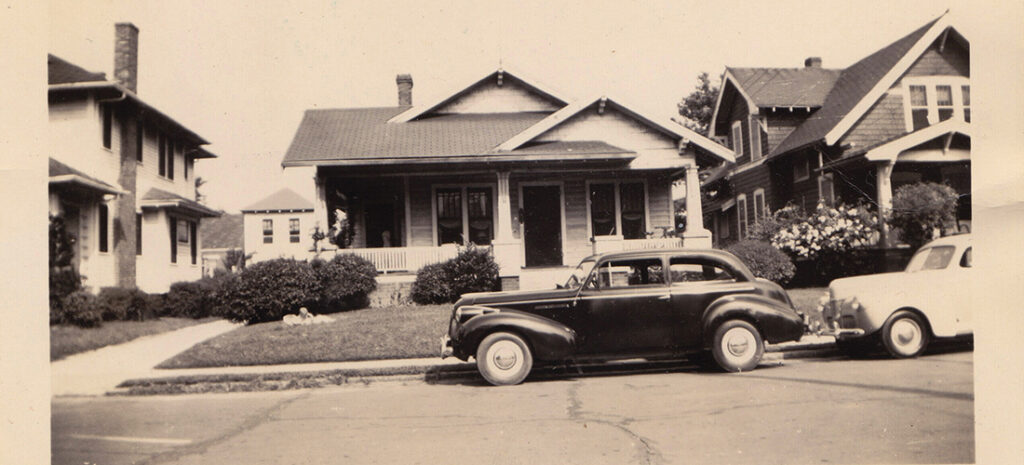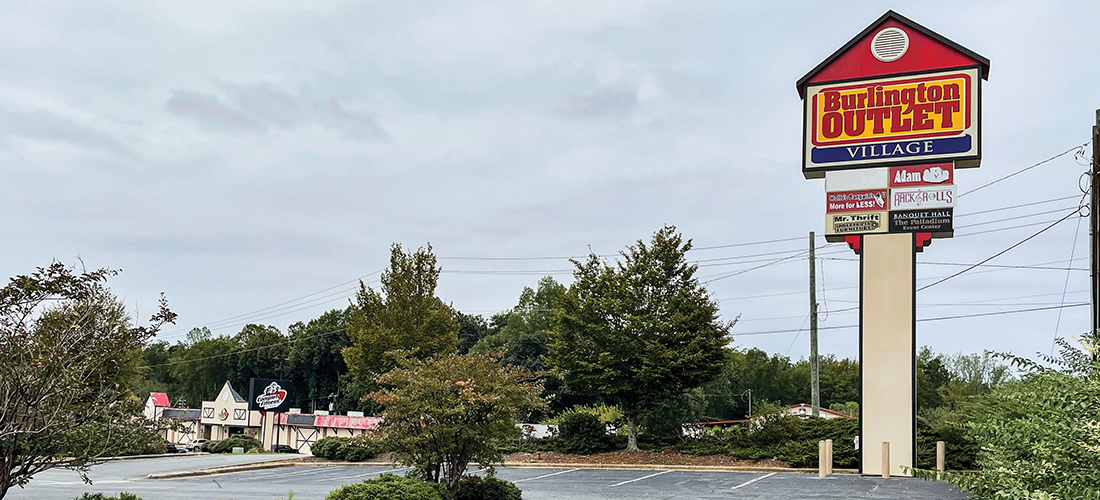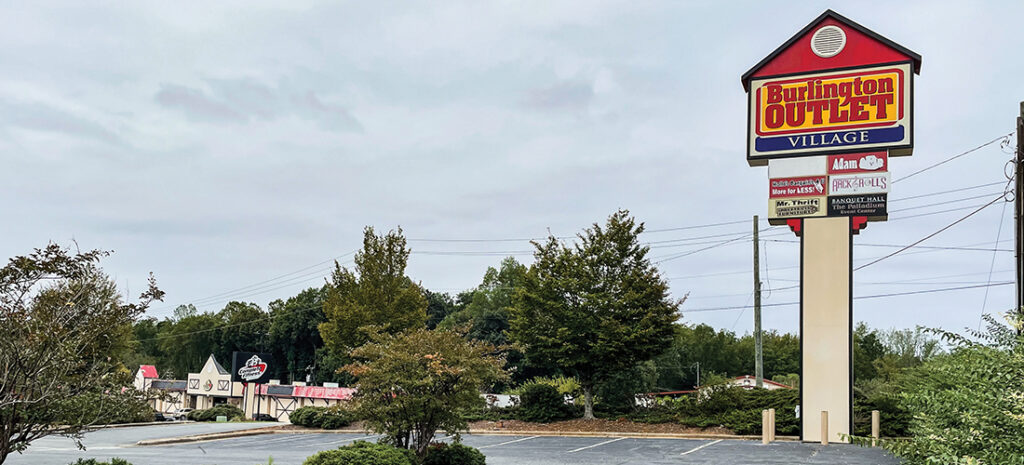Fire in His Eyes
Fire in His Eyes

An artist reflects on processing trauma through his canvas
By Cassie Bustamante
Faced with the aftermath of personal trauma, Chase Hanes turned to what helped and healed him in his youth — painting.
Asked if he just picked up a brush one day and watched as the paint flowed across the canvas, the self-taught artist lets out a laugh. After a pause, a drawn-out nooooooooo.
As a shy and quiet child growing up in Midway, Hanes, now 31, recalls how in elementary school he was encouraged to tap into his creativity by “a very special teacher.” With her guidance, he discovered that it was “a way to really condense feelings and get them to where I am able to process them,” an important lesson for a young introvert.
Years later, as a high school student, Hanes says, “I was struggling with a lot of depression and identity issues, and painting and drawing and being creative was so healing, so cathartic.” It was during those four years that he developed his identity as an artist. Through studying art books and lots of practice — “countless drawings of people I admired” — Hanes honed his skills. One individual in particular showed up repeatedly during his early practice: his sister, Amber, who is 11 years older and has always been “very maternal” toward her younger brother. “One of the first paintings that I got really applauded for was a portrait of my sister. My mom still has it hanging on our wall at home.”
After earning a bachelor’s degree in English and creative writing from Chapel Hill, he went on to UNCG and completed a master’s in library and information sciences and another in women’s and gender studies.
Following academia, a job that Hanes thought was the right next step on his career journey turned out to be the thing that would once again find him struggling with identity. Working for a “nonprofit where individuals facing severe health issues, food insecurities and/or cyclical poverty could get various resources,” Hanes staffed the day center, “where people would get meals, have recreational activities and participate in support groups.” At the nonprofit, he also guided poetry circles and helped many people who could barely read write poems, describing that process as magical. “In theory,” says Hanes of his work there, “it sounds very beautiful.”
While the work he did in the poetry circles was, in fact, rewarding, the overall workplace was far from it. “I saw how people — staff and clients alike — got taken advantage of repeatedly, which was especially severe and inhumane in the early days of COVID,” he says. Hanes says that he found himself in what he viewed as an “emotionally abusive professional environment.” Once again, he felt adrift, struggling with depression and without an avenue to channel his skills and creativity. Wistfully, he adds, “I kind of just left art behind.”
In July of 2020, Hanes made the decision to leave his job. “When I got away from that situation, it ripped me apart,” he says, his deep, black-brown eyes focused downward. He looks up. “But after a few months . . . I was able to make something from it.”
It’s often been said that great art comes from great pain. And maybe that’s why in the fall of 2020, Hanes found himself reaching once again for his paintbrush. “Prior to October 2020, I had only done one painting,” says Hanes of that life-changing year. “And then, all the sudden, it just came like a storm and I had to keep going. I had to make sense of the trauma that I experienced.”
Once again, someone he greatly admired served as his muse: Taylor Swift. What is it about her that inspires him? He laughs and says, “I could write a whole dissertation!” In addition to being close in age, Hanes, a self-proclaimed Swiftie, sees similarities in the way they approach the world. “She understands that people with similar sensitivities have certain obstacles in life that they have to overcome,” he says, alluding to his own sensitivity. He adds, “Her honesty and her willingness to be vulnerable is so special.”
While Hanes is inspired by Swift’s songs, often written about her own life experiences, he used her as a vehicle for telling his story in a collection of paintings he calls fragile life, take up space. “It was easier — it almost felt like it gave me space,” says Hanes. “It gave me distance from my own experience to tell my story with another character at the very beginning.”
A few of the early paintings in this collection feature images of women being saved or uplifted by a group of women. Hanes, who felt he’d lost his community along with his job, reconnected with a group of female childhood friends who always made him feel safe. “There’s a beautiful sense of clarity that comes along with finding your way back to people who really do love you and care about you.” It’s no surprise that this group, his old — and renewed — community traveled with him to Nashville to see Swift’s Eras Tour, a concert at which he shed tears of joy.
Later in Hanes’ fragile life series, a painting entitled Stolen Lullabies Were/Weren’t Mine to Lose — inspired by the lyrics, “You weren’t mine to lose,” from the song “August” — features a drowning Taylor Swift amidst books and pages bobbing in the ocean around her. Hanes draws another parallel between himself and the singer: “This particular piece deals with Taylor losing the rights to the masters of her precious work, and I had lost a lot of writings and some drawings and some artwork . . .”
Yet, the expression on Swift’s face as she’s drowning isn’t one of suffering. “There’s a certain peace in being able to know you’ve lost something and not fight it,” says Hanes. He pauses and offers one word. “Acceptance.”
After reaching acceptance through his art, Hanes continued to process his feelings on canvas. A later painting in the series, Break Free, draws on Swift’s “Tolerate It” lyrics:
. . . what would you do if I
Break free and leave us in ruins
Took this dagger in me and removed it
Gained the weight of you, then lose it
In this painting, out of a shattering concrete statue, Hanes’ own figure finally emerges, replacing the character he had assumed and then rejected. “It’s about a ripping the self away from following in someone’s footsteps, someone who nobody should follow in their footsteps,” he says. He notes that in this piece, “I am wearing my Taylor swift cardigan and I’m feeling protected and coming into my own person.”
The final work in this collection, completed in December 2022, is a pair of paintings titled Get the Light Back in Your Eyes, Kid, and is inspired by the cover to Taylor’s October 2022 album, “Midnights.” In each painting, Hanes appears, holding a lighter. In the first, he’s looking at the flame, and, in the second, he’s looking up, the glow reflected in his eyes. He explains that he’d been talking to a friend who was familiar with the hardship he’d endured — from leaving his job, the repercussions and finding a new role, his current job, as Forsyth Tech’s acquisitions librarian. “She looked at me one day,” he says, “and she said that I had the light back in my eyes.”
As Hanes reflects on the paintings he’s created from a need to release pain, the light in his eyes sparks from a strengthened sense of self and from friendships he’s rekindled.
What’s next for this Swiftie? While his painting has slowed down due to the work-life balance, he’s thrilled to be finding joy on the job. “I get to decide the new materials that come into our collection and I get to really focus on diversifying . . . and bringing in a lot of marginalized voices and filling in collection gaps.” Then he laughs, adding, “Possibly international travel to see The Eras Tour . . . I may find out tomorrow.”
A few days later, he confirms that he and his childhood friends are, “Drum roll . . . going to Dublin 2024!” OH


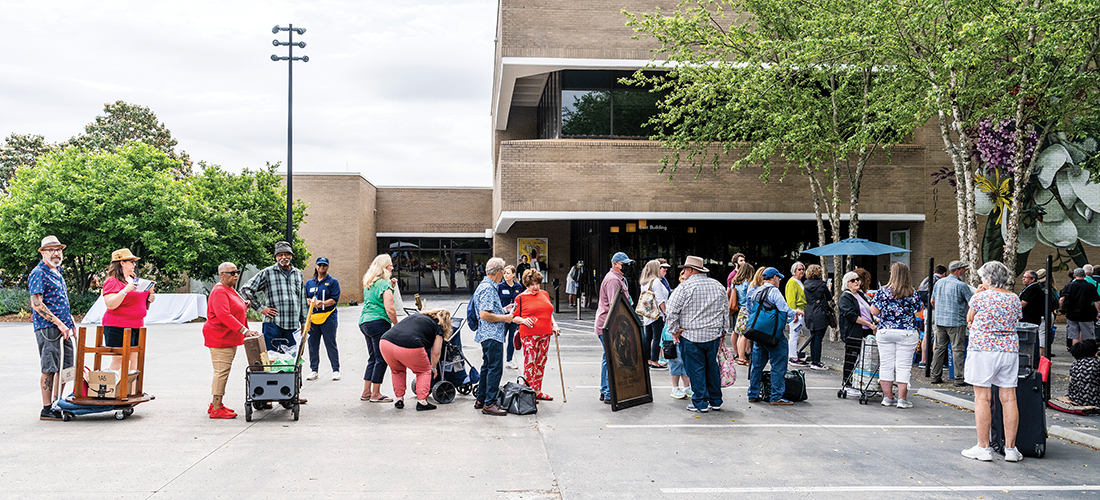



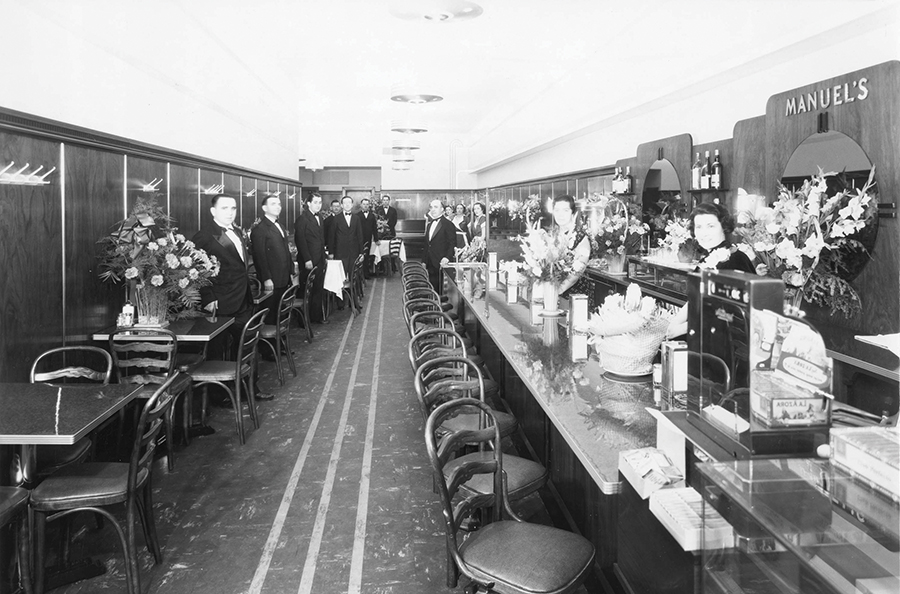
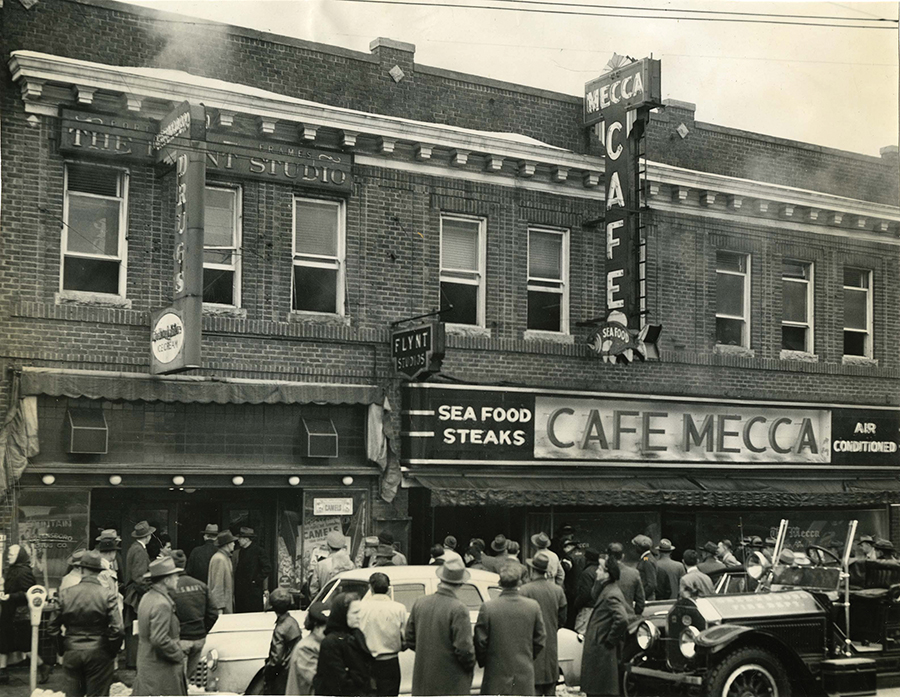
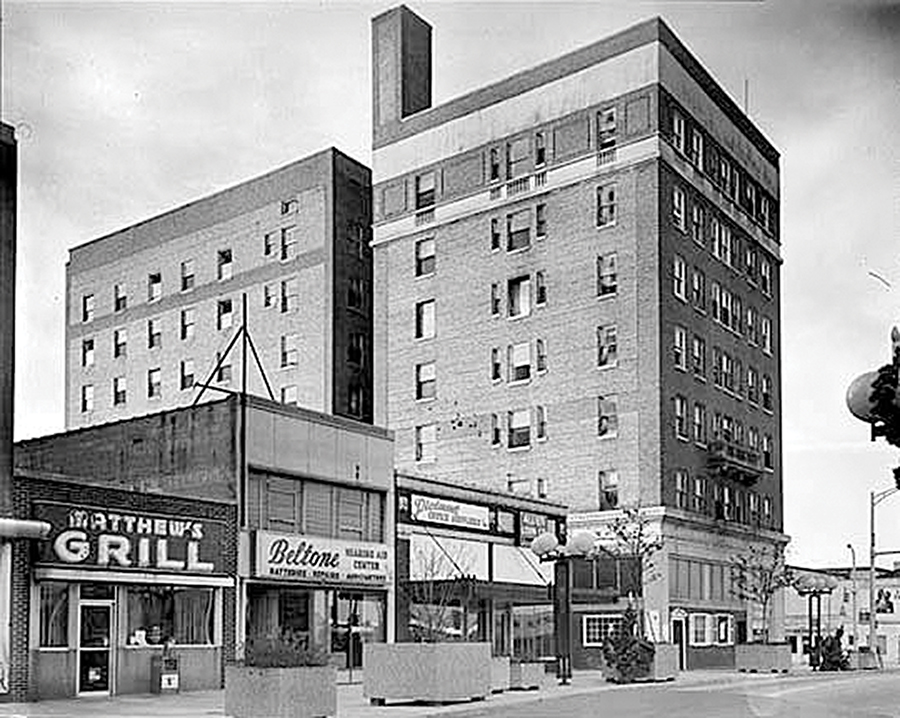

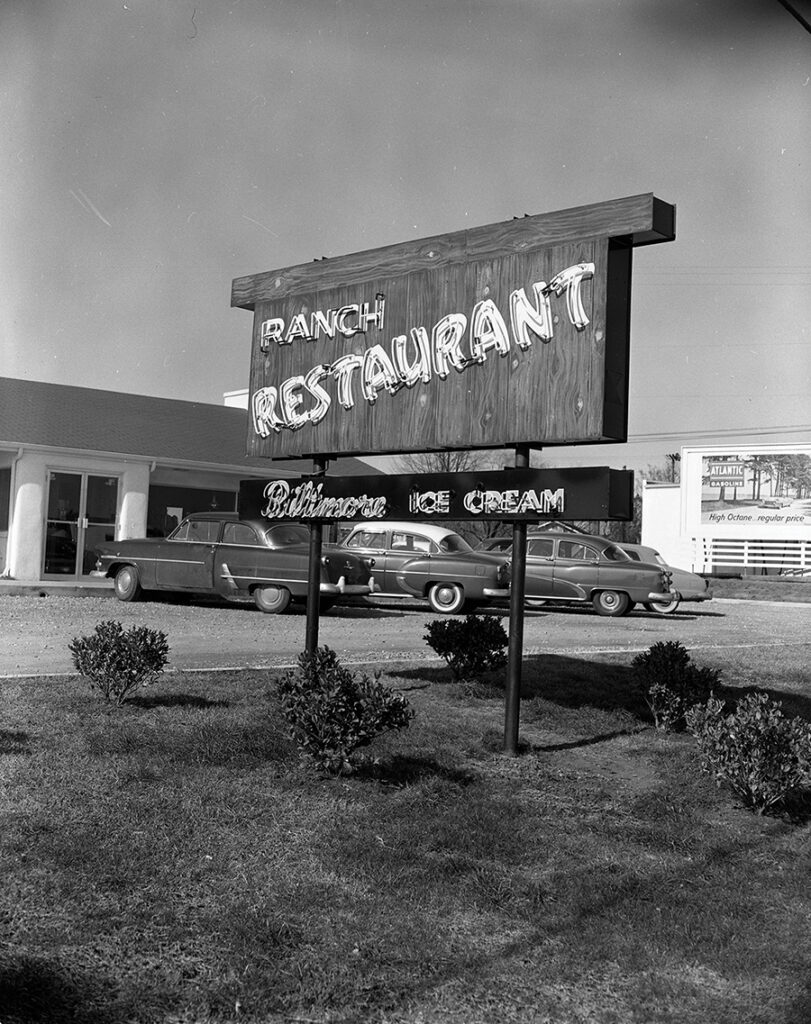
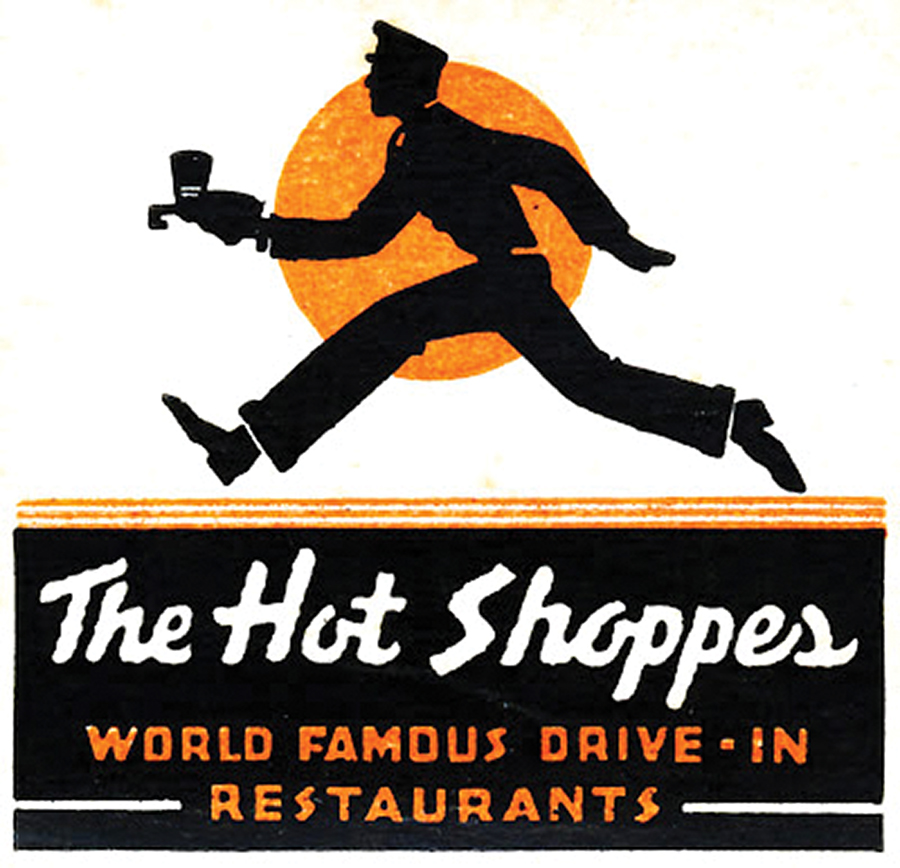

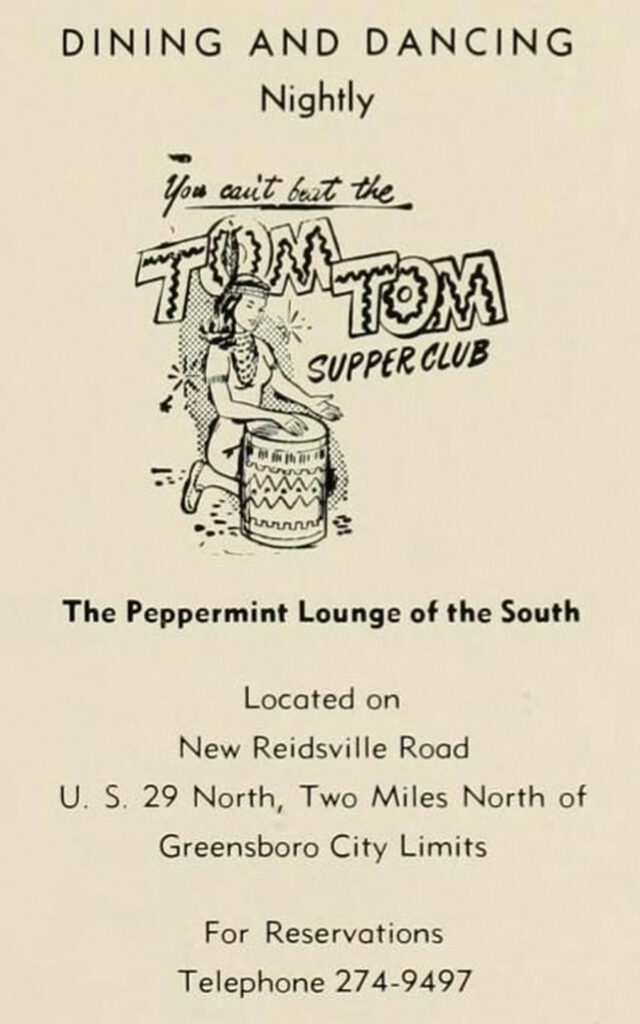
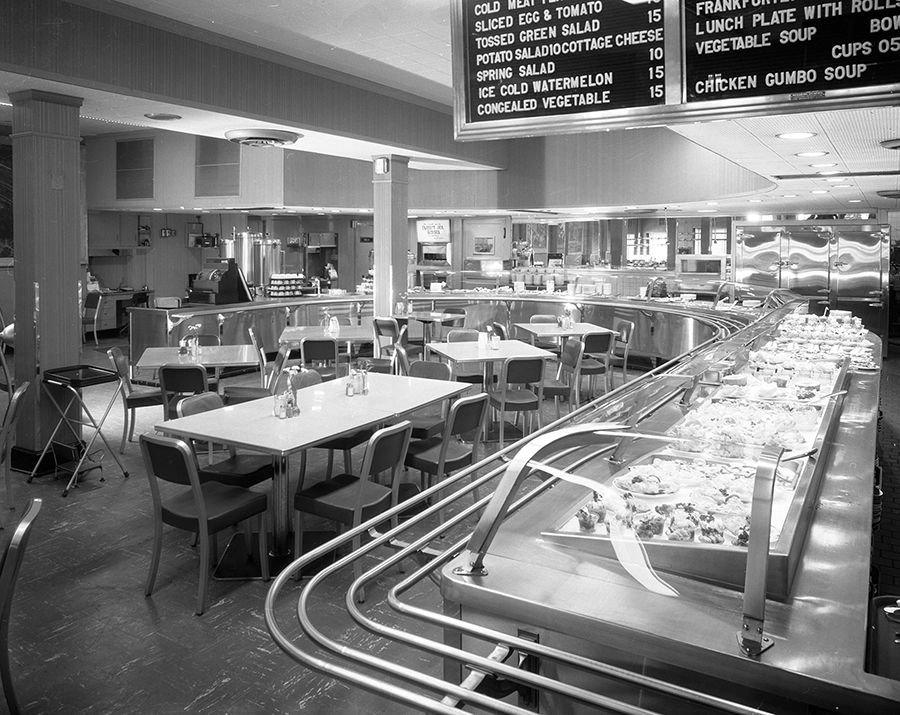
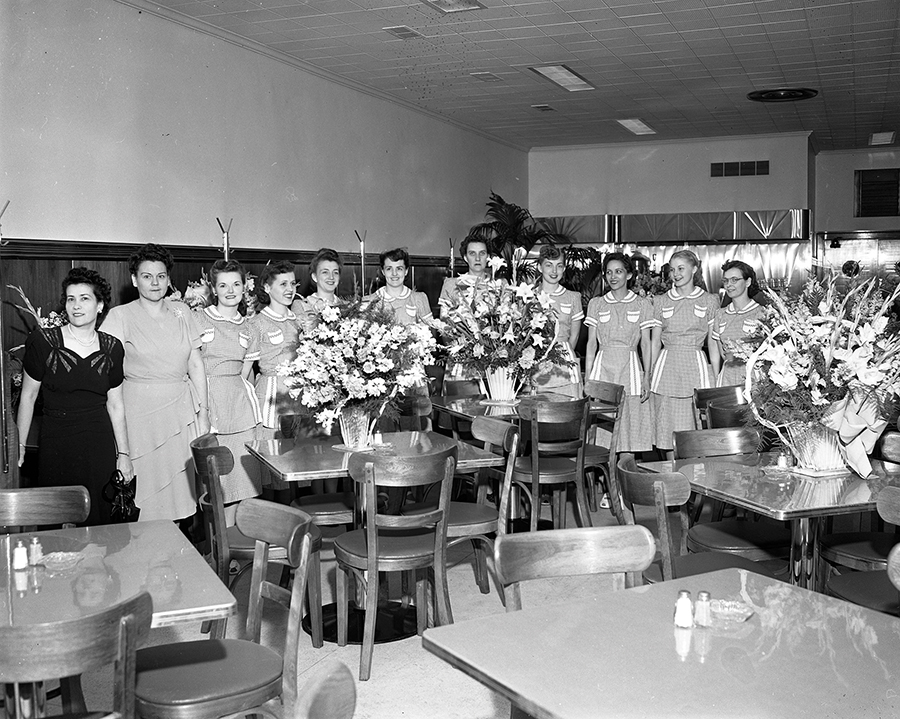
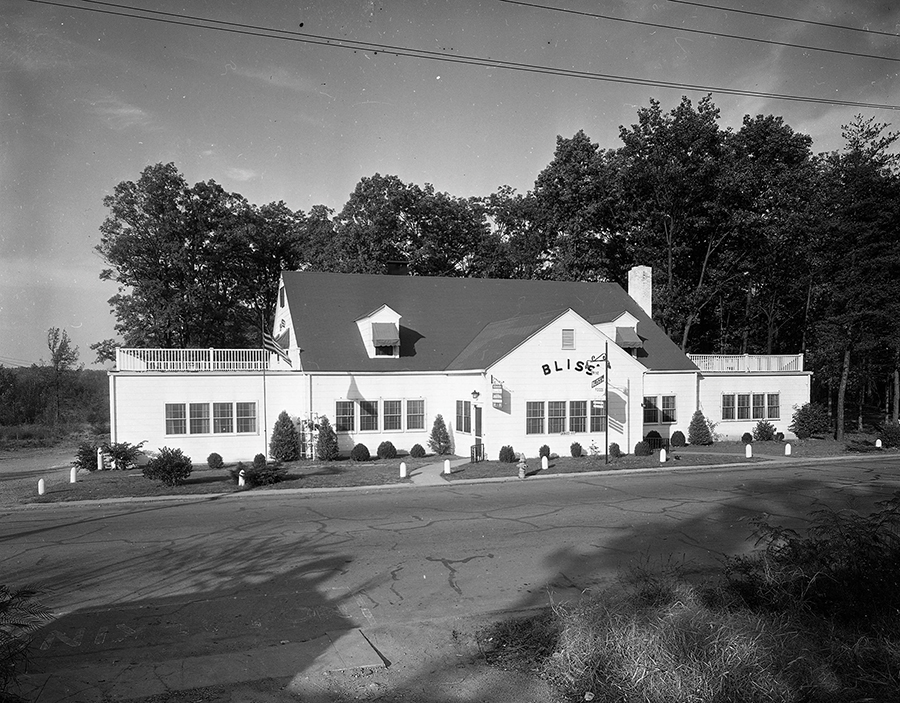
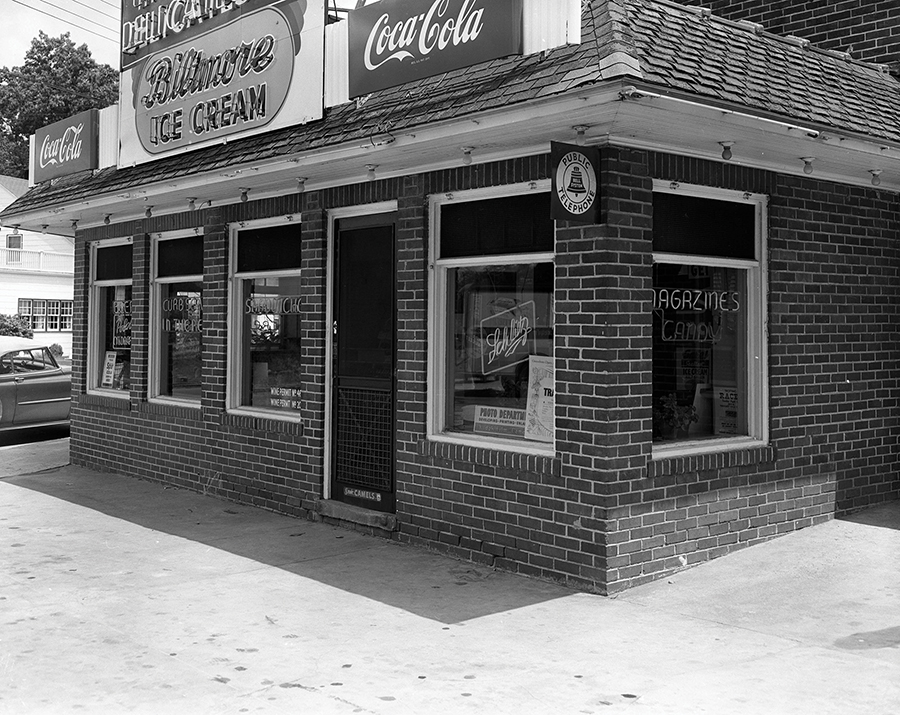
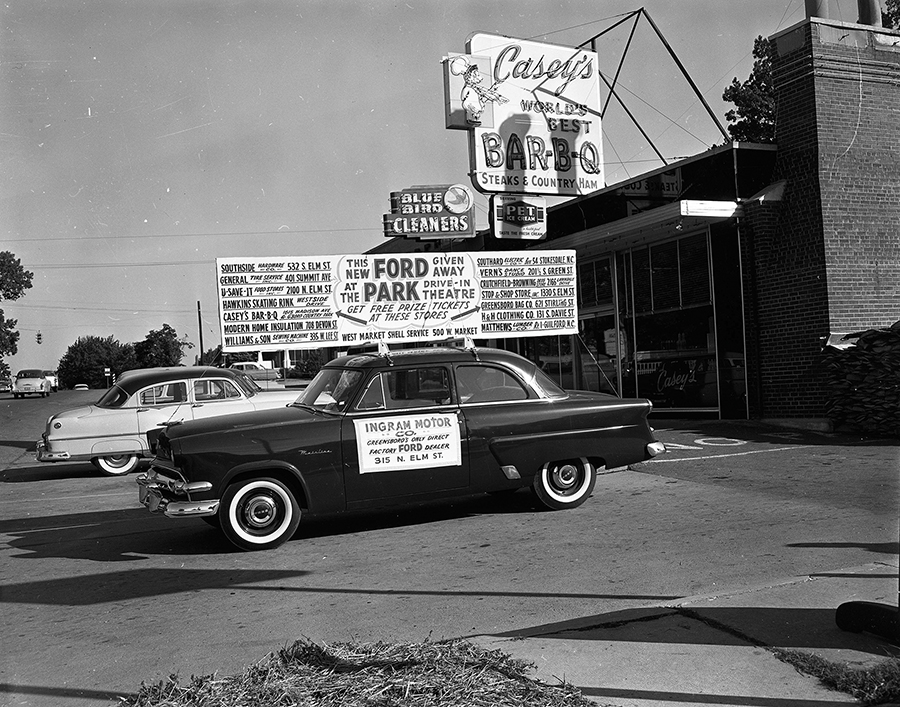
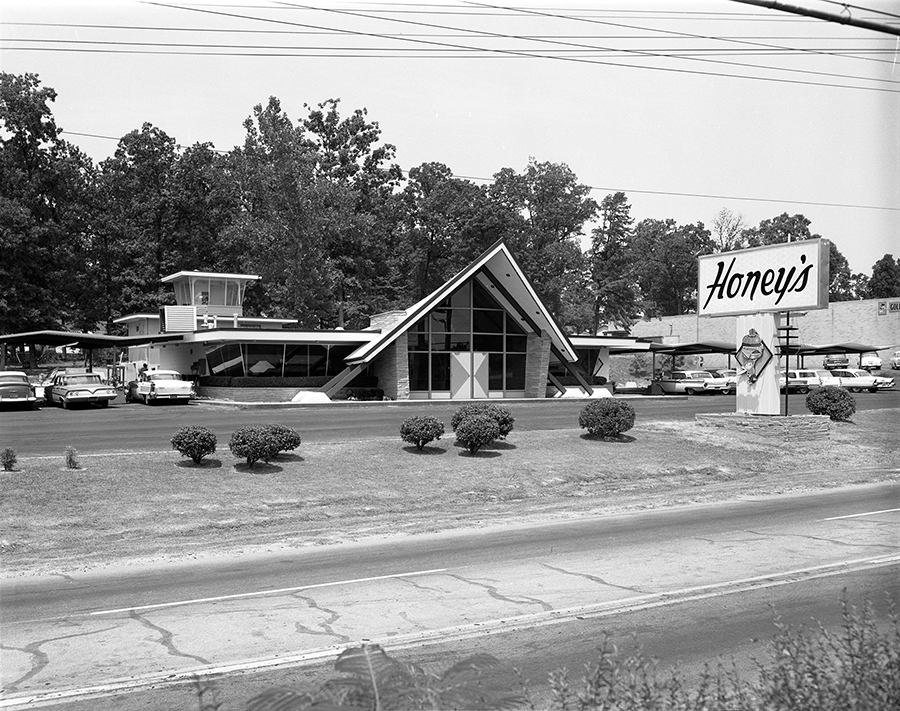
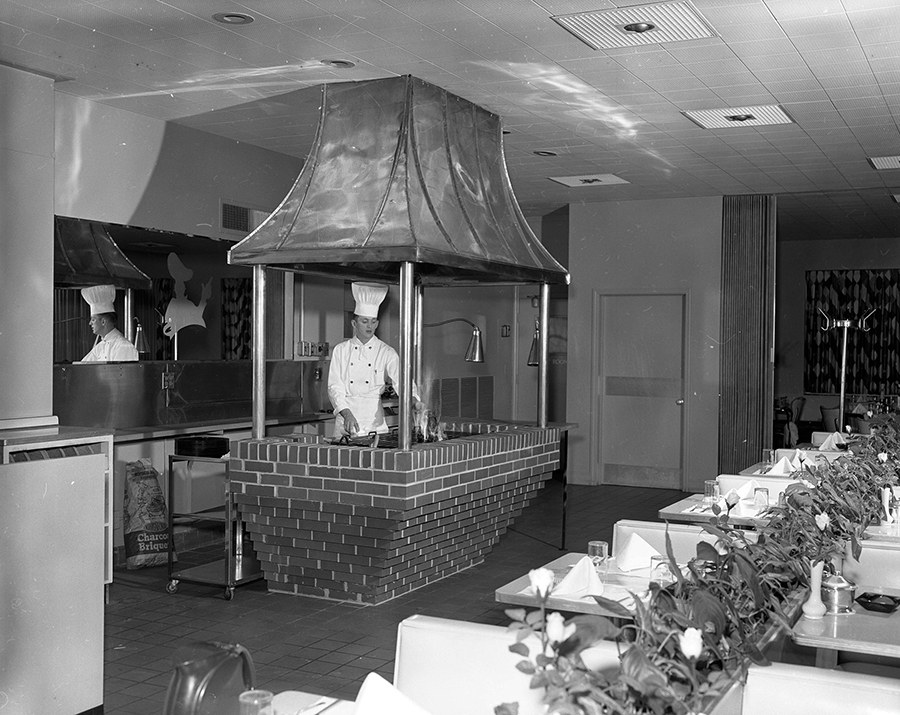
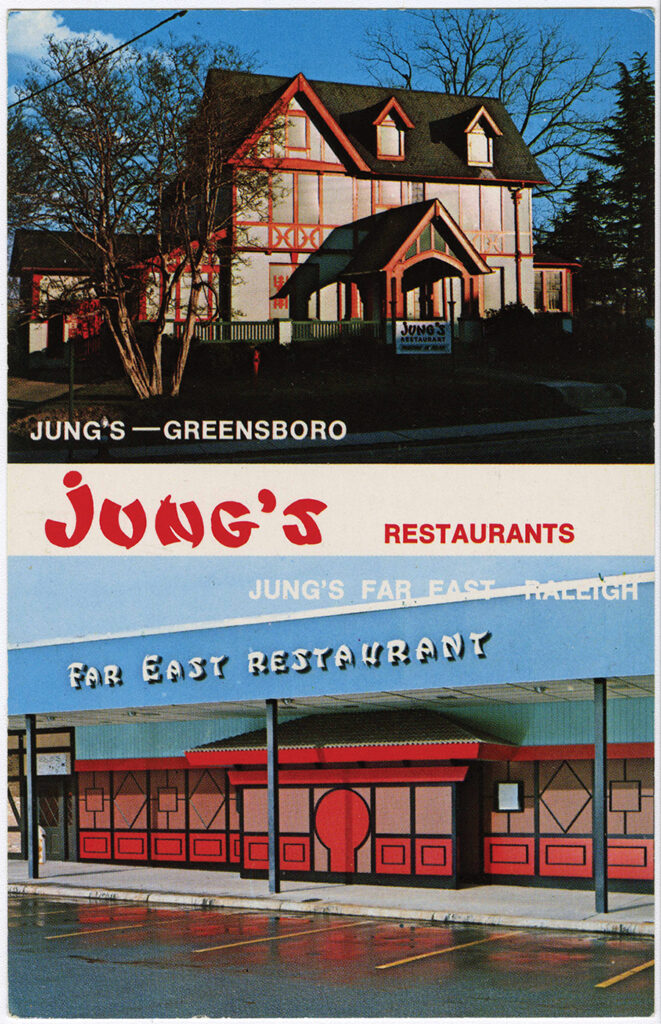
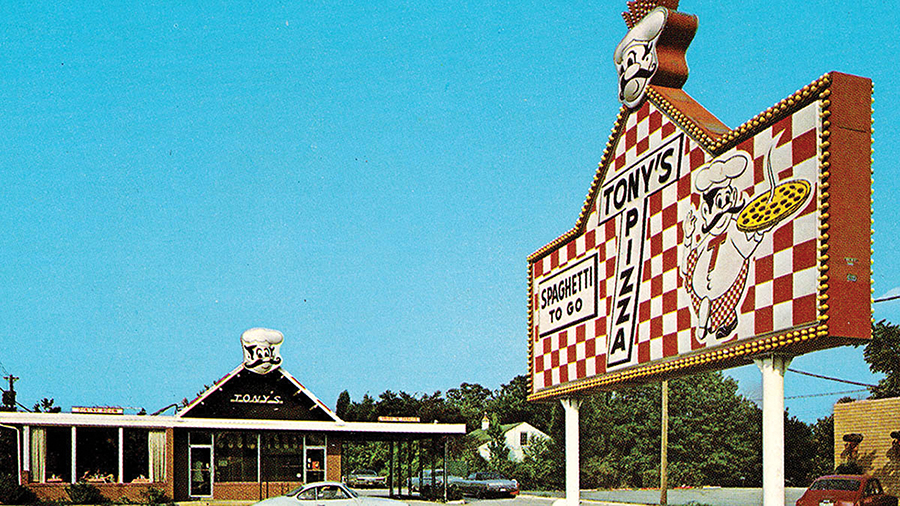


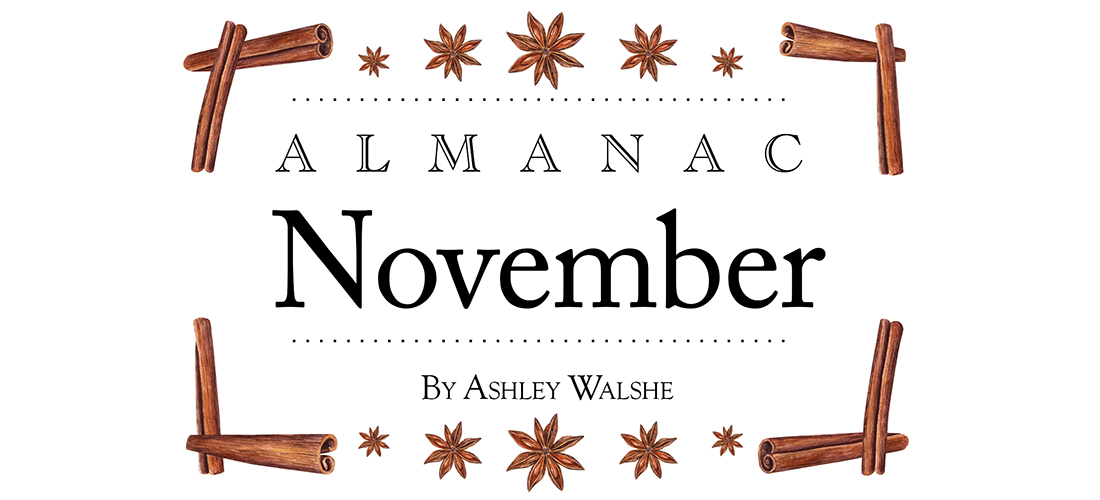

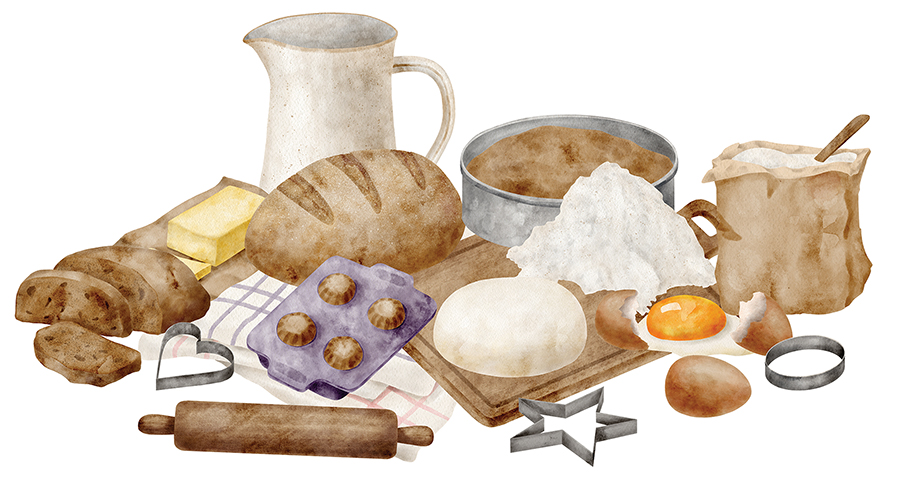
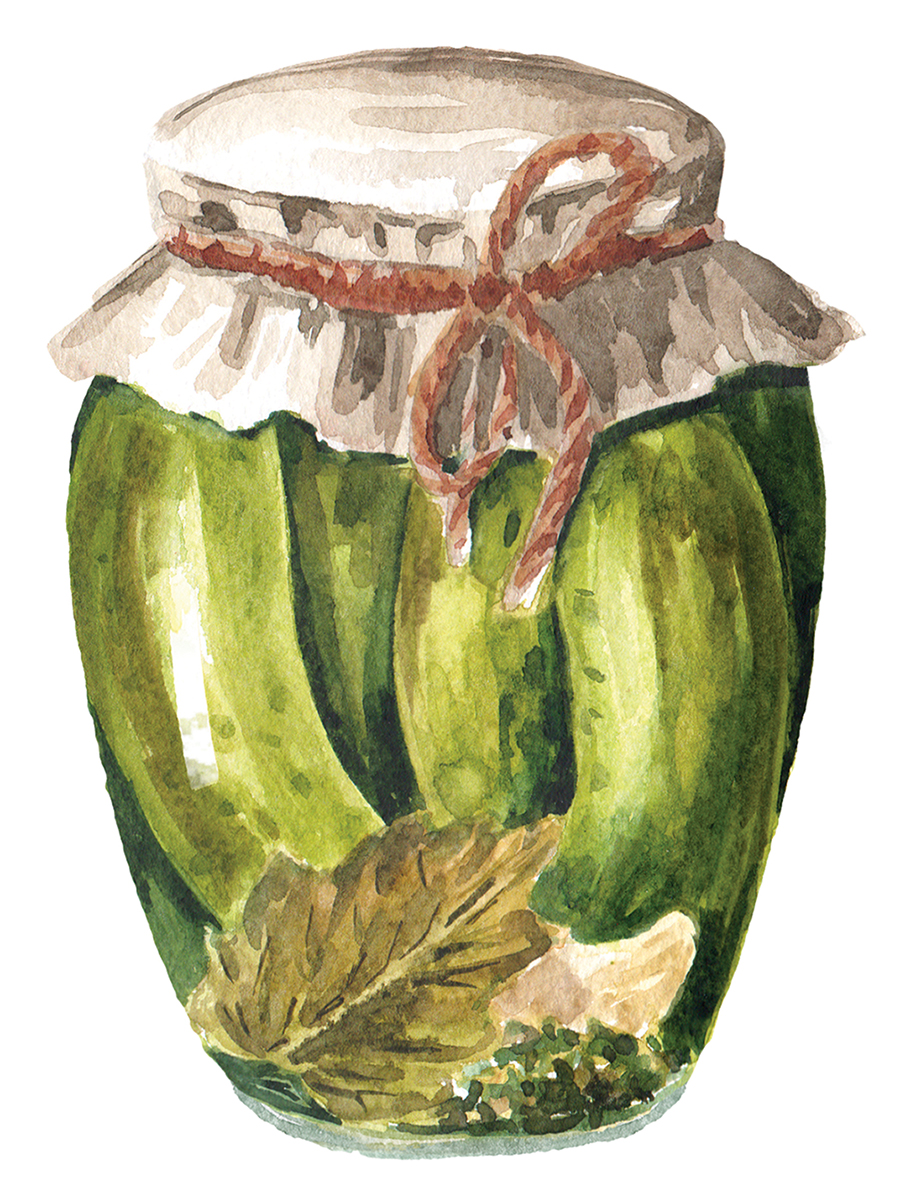 The first frost is nigh. Daylight saving time ends on Nov. 5. Autumn is edging toward winter.
The first frost is nigh. Daylight saving time ends on Nov. 5. Autumn is edging toward winter. 

